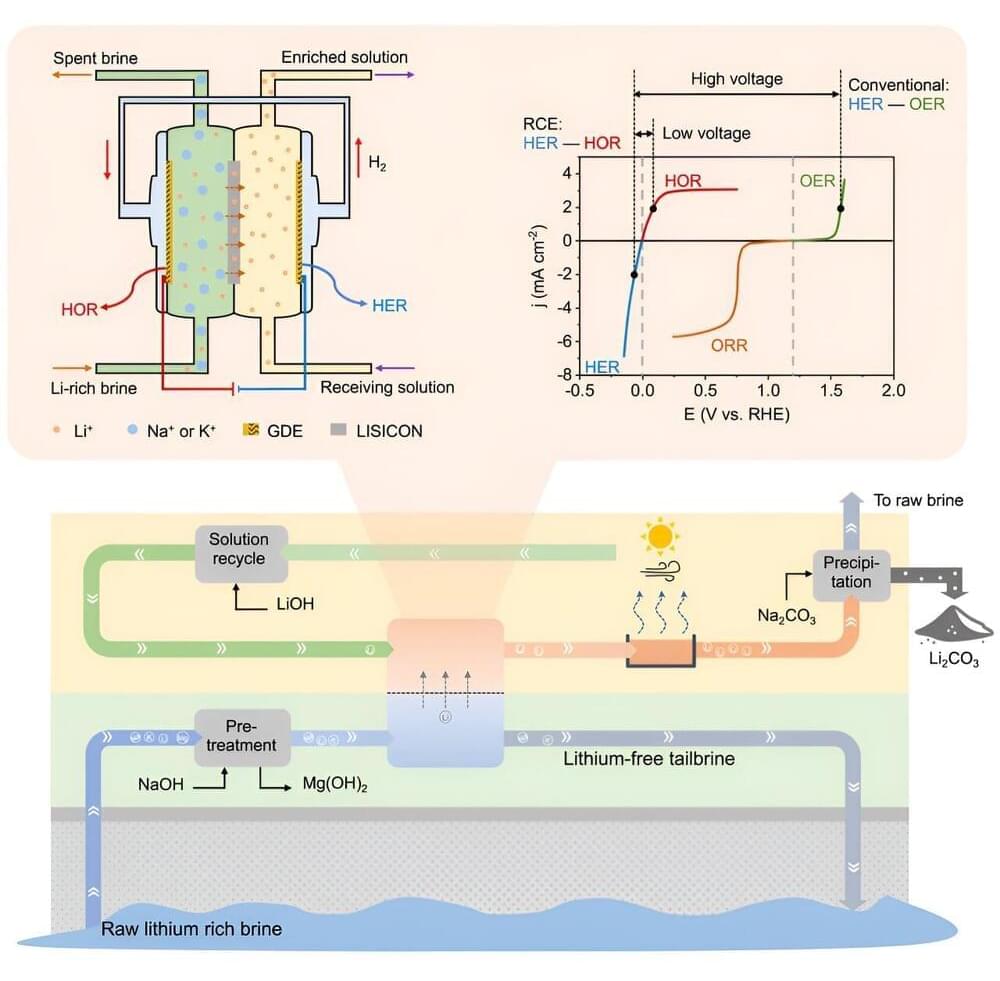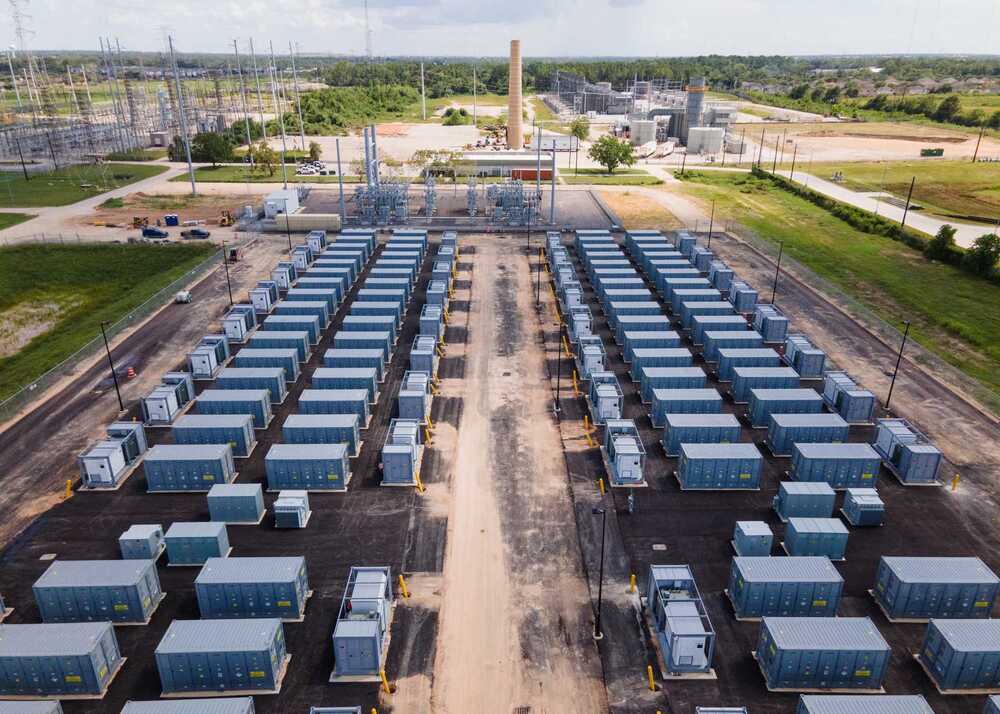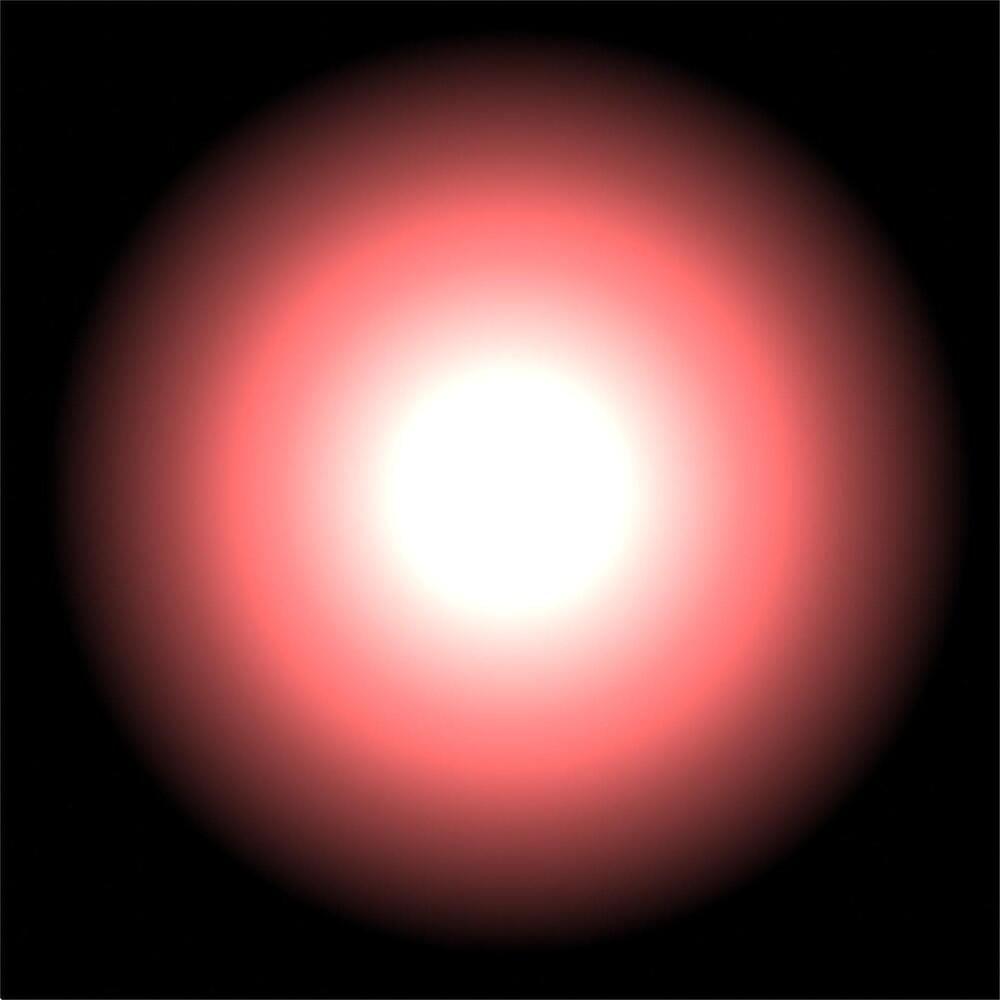Researchers at the School of Engineering of the Hong Kong University of Science and Technology (HKUST) have developed an eco-friendly refrigeration device with record-breaking cooling performance, setting the stage for transforming industries reliant on cooling and reducing global energy use.
With a boost in efficiency of over 48%, the new elastocaloric cooling technology opens a promising avenue for accelerating the commercialization of this disruptive technology and addressing the environmental challenges associated with traditional cooling systems.
Traditional vapor compression refrigeration technology relies on refrigerants of high global warming potential. Solid-state elastocaloric refrigeration based on latent heat in the cyclic phase transition of shape memory alloys (SMAs) provides an environmentally friendly alternative, with its characteristics of greenhouse gas-free, 100% recyclable and energy-efficient SMA refrigerants.









